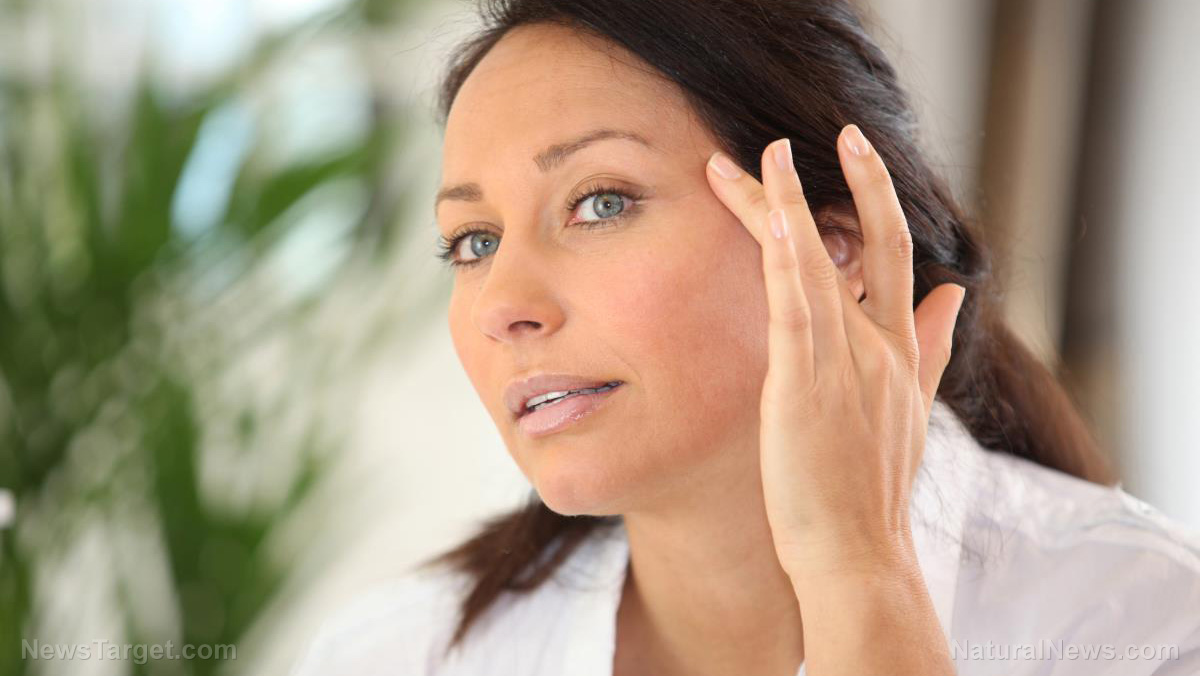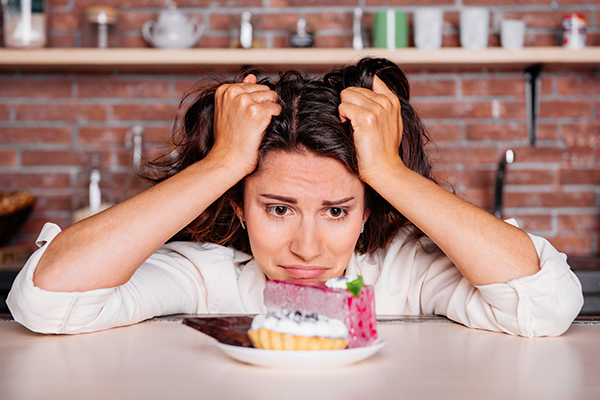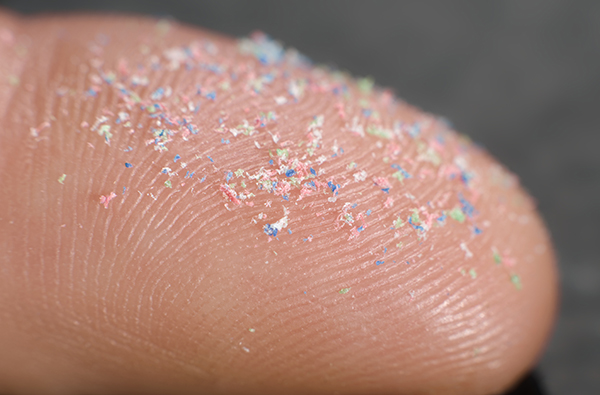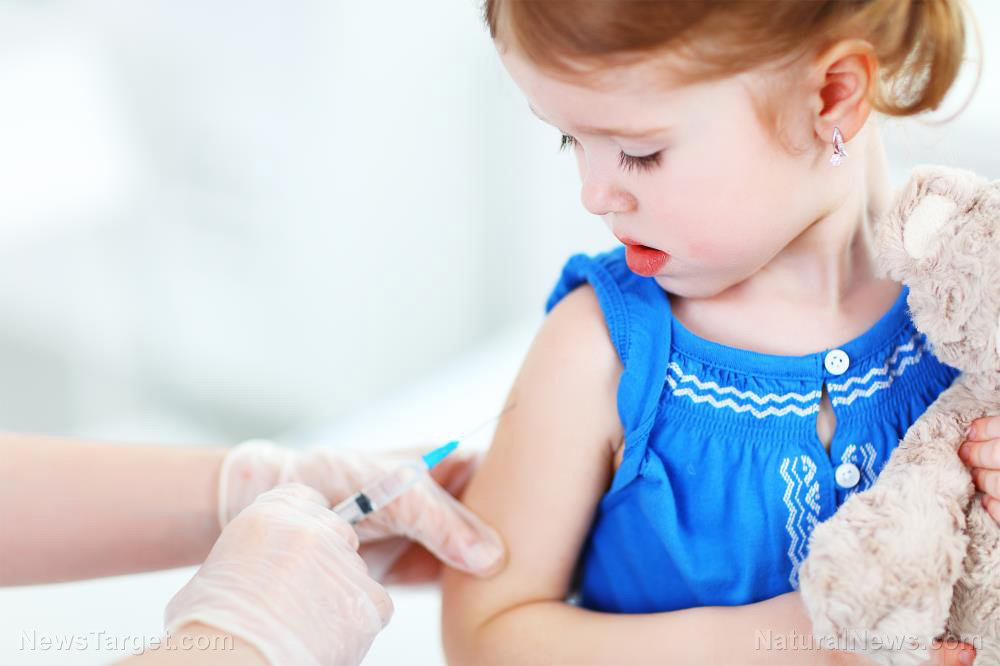 Parler
Parler Gab
Gab
- Butylparaben is a synthetic preservative used to extend the shelf life of cosmetics and prevent microbial growth. Found in lotions, hair products, makeup and skincare products, butylparaben is favored by manufacturers but comes with hidden dangers.
- Butylparaben mimics estrogen and disrupts endocrine function. It is also linked to reproductive issues, thyroid disorders and increased cancer risk. Slowly metabolized by the body, butylparaben accumulates in body fat, compounding health effects.
- Butylparaben resists breakdown and accumulates in ecosystems, harming wildlife and contributing to pollution. Its persistence highlights the need for eco-friendly alternatives.
- Paraben-free products and natural preservatives offer lower-risk options.
- Weak regulations allow continued use of butylparaben (e.g., FDA tolerance) in products, while European restrictions and consumer awareness push for change. Avoiding butylparaben via careful product choices supports transparency and pressures industry reform.
Butylparaben: Industrial uses and toxicity
Butylparaben belongs to the large family of parabens -- synthetic, estrogen-mimicking compounds engineered to extend the shelf life of cosmetics and inhibit microbial growth. Unlike its more notorious cousin, methylparaben, butylparaben is less volatile and slower to metabolize, allowing it to persist in human tissues long after its application. This longevity, coupled with butylparaben's ability to penetrate skin barriers, raises alarms about cumulative exposure over time. As noted in "Parabens: Chemical, Biological, and Toxicological Profiles," butylparaben possesses properties that make it "a uniquely insidious preservative" capable of accumulating in fat cells. The risks associated with butylparaben extend far beyond allergic reactions, though dermatitis and contact dermatitis remain common side effects. The most significant threat lies in butylparaben's endocrine-disrupting potential. As detailed in "The Chemical Biology of Estrogens," butylparaben binds to estrogen receptors, potentially disrupting hormone signaling and contributing to metabolic irregularities, reproductive harm and increased cancer risk. Researchers have linked chronic butylparaben exposure to instances of ovarian dysfunction, hypothyroidism and accelerated breast tumor growth in preclinical studies due to its estrogenic effects. Moreover, butylparaben’s resistance to degradation means it can accumulate in aquatic ecosystems and wildlife, further compounding its ecological footprint. Thanks to butylparaben’s versatility and low cost, this toxic chemical is widely found in pharmaceutical products and cosmetics, such as:- Lotions and creams – Butylparaben is used in moisturizers and anti-aging serums to extend product stability.
- Hair care – Butylparaben is used in hair care products like shampoos, conditioners and styling products.
- Makeup – Butylparaben is also used in foundations, concealers and lip balms requiring antimicrobial properties.
- Skincare – Skincare products like sunscreens, deodorants and acne treatments contain butylparaben, often under the guise of "preservative boosting".
More related stories:
The hidden toxin in your cosmetics: Tetrasodium glutamate diacetate and its risks. Phytic acid in natural beauty products: A silent threat in your skincare routine. The hidden dangers of sodium gluconate in personal care products. Sources include: Brighteon.AI NaturalNews.com Brighteon.comPlastic food packaging poisons your meals with microplastics, study warns
By Cassie B. // Share
Children DENIED medical exemptions as rigid vaccine policies override doctors’ orders
By Ava Grace // Share
Russia alleges Ukraine hid chemical drone munitions amid escalating CWC violations
By Willow Tohi // Share
Undeclared meat ingredients trigger massive recall amid growing food safety concerns
By Willow Tohi // Share
Governments continue to obscure COVID-19 vaccine data amid rising concerns over excess deaths
By patricklewis // Share
Tech giant Microsoft backs EXTINCTION with its support of carbon capture programs
By ramontomeydw // Share
Germany to resume arms exports to Israel despite repeated ceasefire violations
By isabelle // Share










